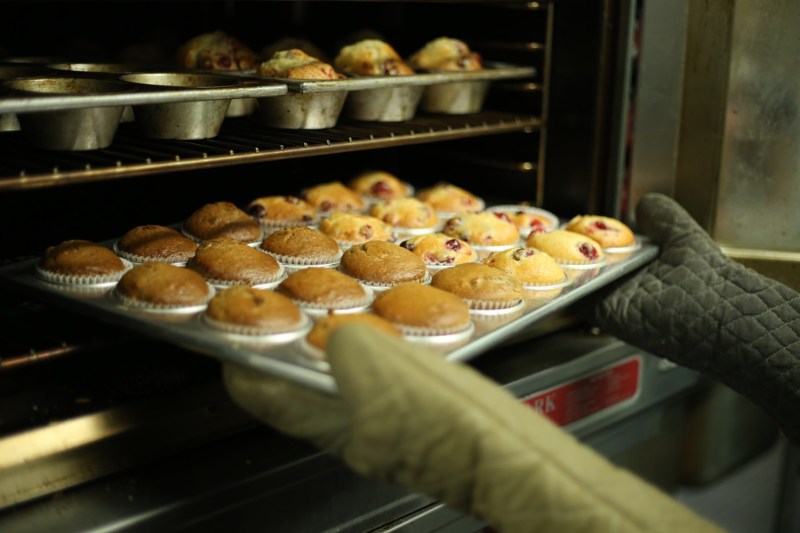‘Tis the season to be baking, and for some, that may bring out an inner Grinch. After all, unlike in cooking, where we can let our inner chefs shine, adding and subtracting ingredients as we please, the rules of baking are quite a bit more precise. Measurements are important, math is rampant, and conversions are confusing. Yes, baking can sometimes be a frustrating experience, often worthwhile only because of its delicious results.
But what if we told you that with a little trick, you can not only get the ratios right every time, but also have some wiggle room for creativity? If you understand why baking works the way it does, and a bit of the science behind it, the whole process becomes a lot less intimidating.

The measurements of baking are often broken down into “parts.” You’ve probably heard a recipe described as “one part this, two parts that.” For example, a roux is equal parts flour and butter. Meaning, if you use half a cup of butter, you’ll also use half a cup of flour. Rice is often cooked using a two-to-one ratio — one part rice, two parts liquid. Both cooking and baking recipes are often described this way.
By understanding how many parts of each ingredient you need for certain baked goods, you’ll not only get a perfect result every time, but can relax when it comes to obsessing over the details of every recipe. Michael Ruhlman’s book, Ratios: The Simple Codes Behind the Craft of Everyday Cooking, explains the science behind basic ratios and fundamental techniques that help make even the most novice bakers understand the process of baking. These are a few of the most commonly used, most helpful ratios in everyday baked goods:
- Pie Dough – 3 parts flour: 2 parts fat: 1 part water
- Muffins – 2 parts flour: 2 parts liquid: 1 part egg: 1 part fat
- Quick breads – 2 parts flour: 2 parts liquid: 1 part egg: 1 part fat
- Biscuits – 3 parts flour: 2 parts liquid: 1 part fat
- Pound cake –P1 part flour: 1 part butter: 1 part sugar: 1 part egg
- Pancakes – 2 parts flour: 2 parts liquid: 1 part egg: 1/2 part fat
Within these guidelines, you have the freedom to be creative with your ingredient choices. For example, “fat” refers to oils, butters, lard, etc. “Liquid” can be anything from milk to coffee to water to broth. Do keep in mind, though, that additional ingredients may change these ratios. For example, adding a particularly juicy fruit to the mix will add to your liquid ratio. So bear that in mind.
These measurements are tremendously helpful in not only understanding how ingredients work together, but also for scaling recipes up or down, depending on the amount you wish to bake.
So this holiday season, don’t fear the Christmas cookies. Tie on that apron with a smile, put the cookbook down, and relax.
Editors' Recommendations
- The ultimate wine club? Here’s what you should know about The Vines Global
- The chromium benefits you should know about (and the best food sources for you)
- 6 LGBTQ winemakers you need to know
- The FDA is changing its stance on salt substitutes — here’s what a dietitian says you should know
- These are the 10 most important cooking skills everyone should know




